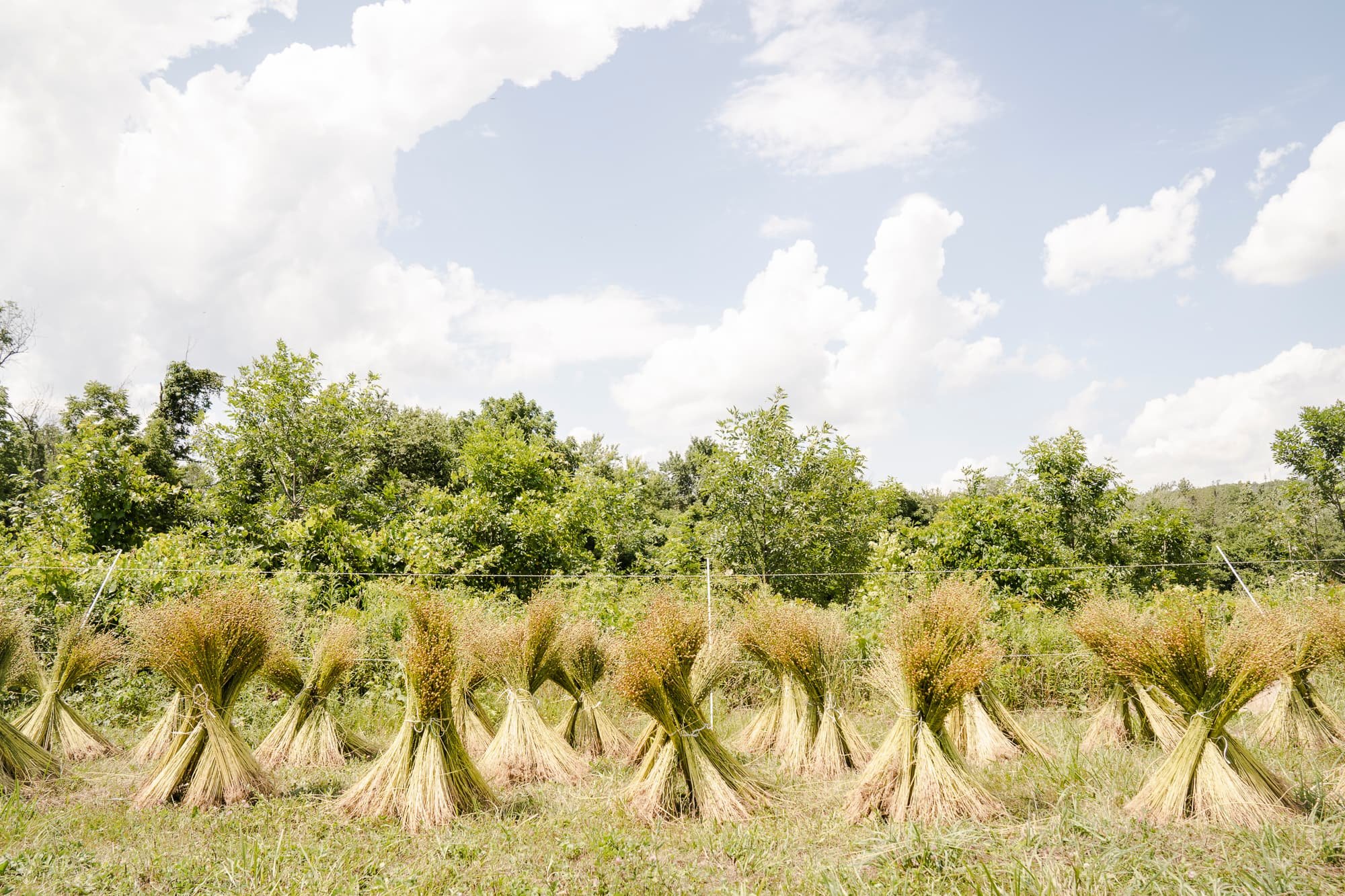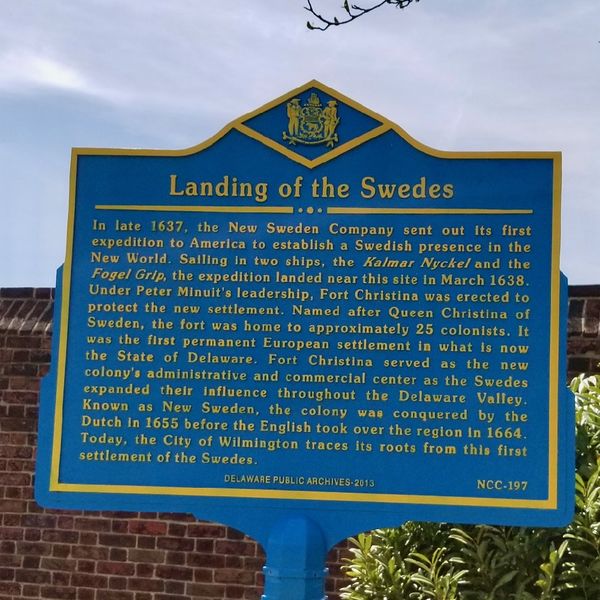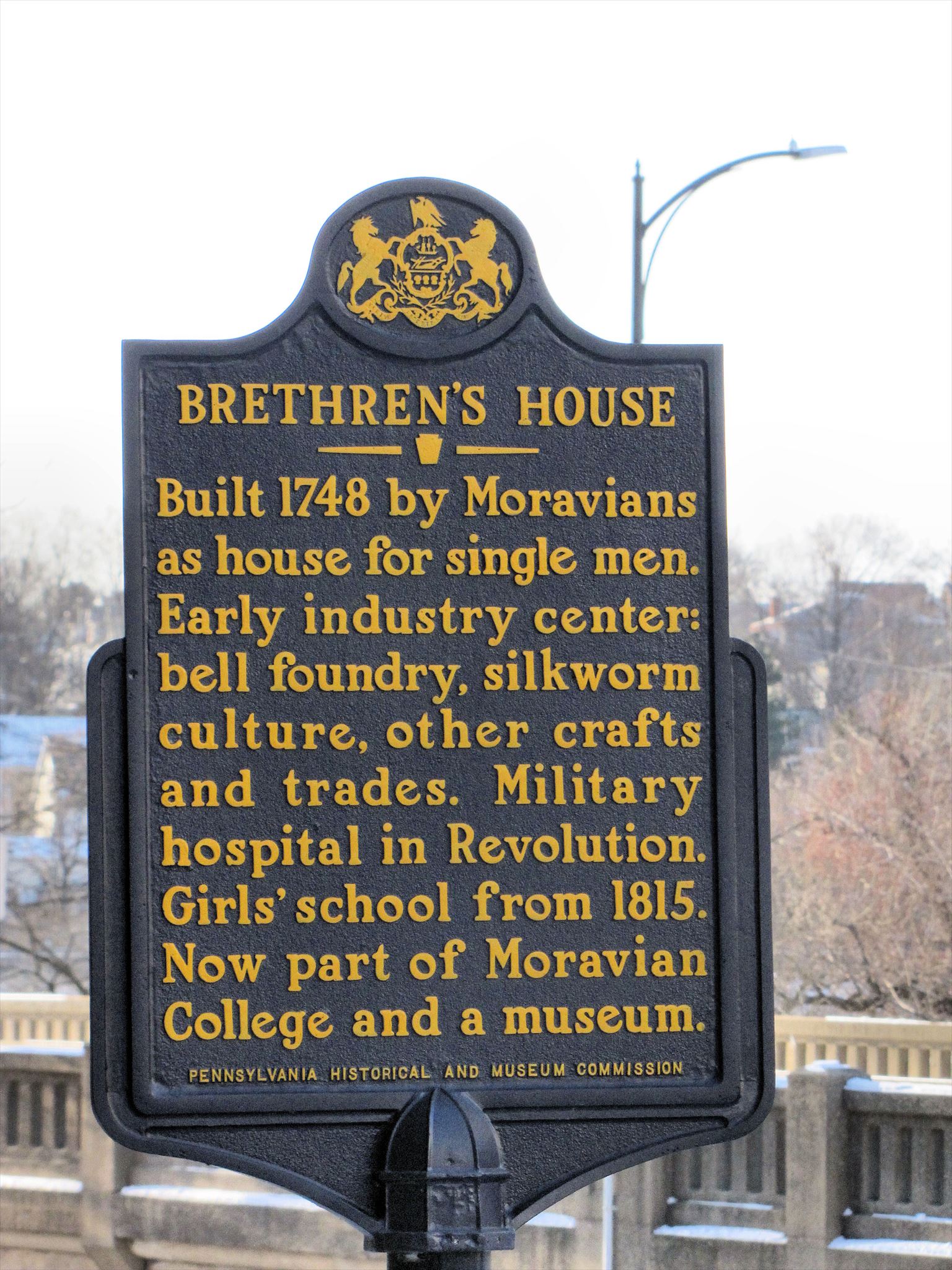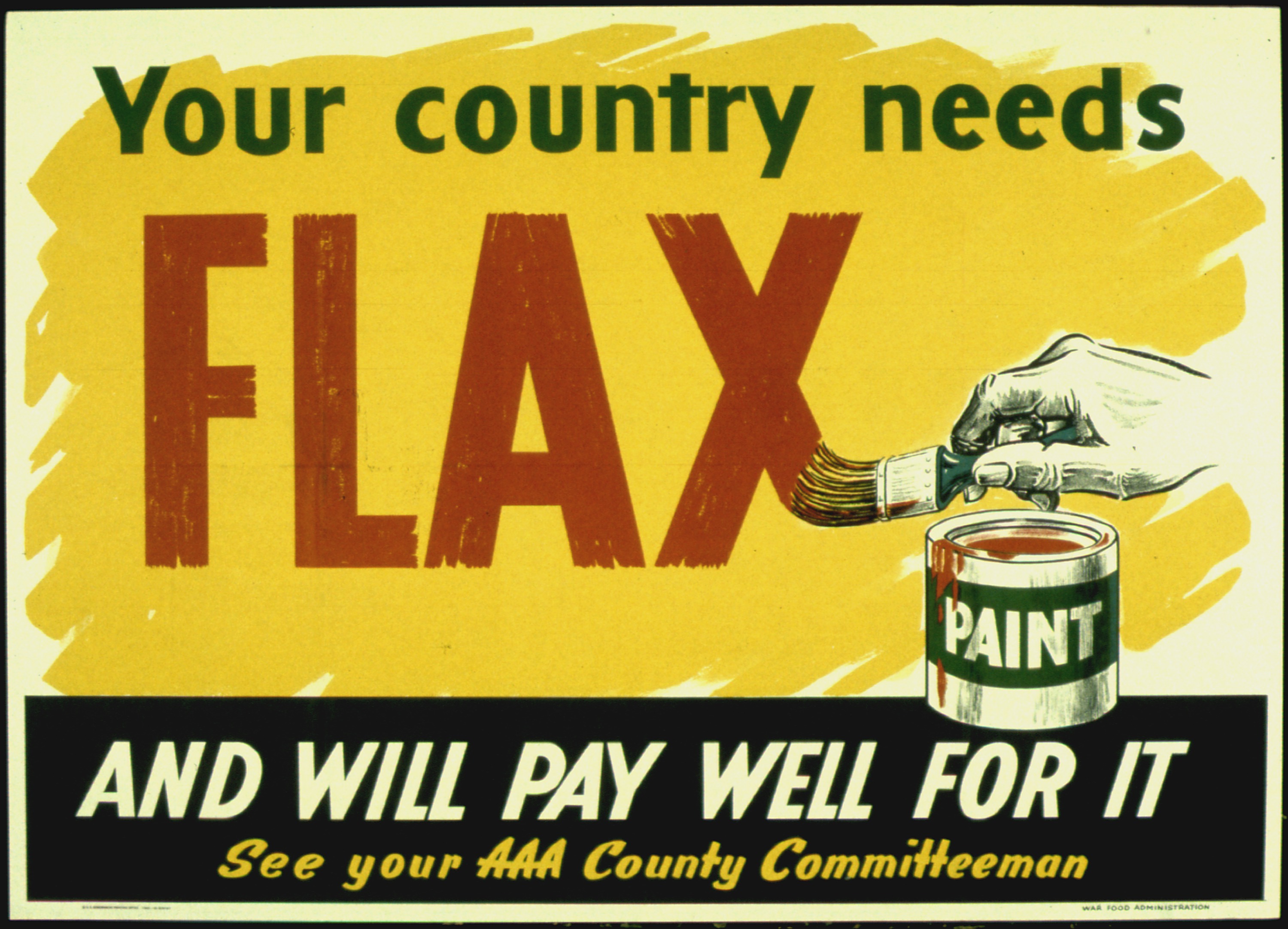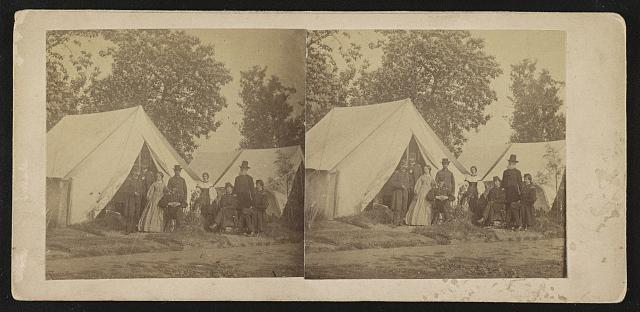
Explore the past, present, and future of flax.


Uses and Benefits of Flax Today
Flax benefits:
Grows well in our region
Low-impact
Requires little-to-no chemical inputs or irrigation
Soil remediator
Beneficial addition to crop rotations
Commercial uses:
Linen
Building material
Animal bedding
Industrial twine and rope
Canvas and webbing
Paper
And more
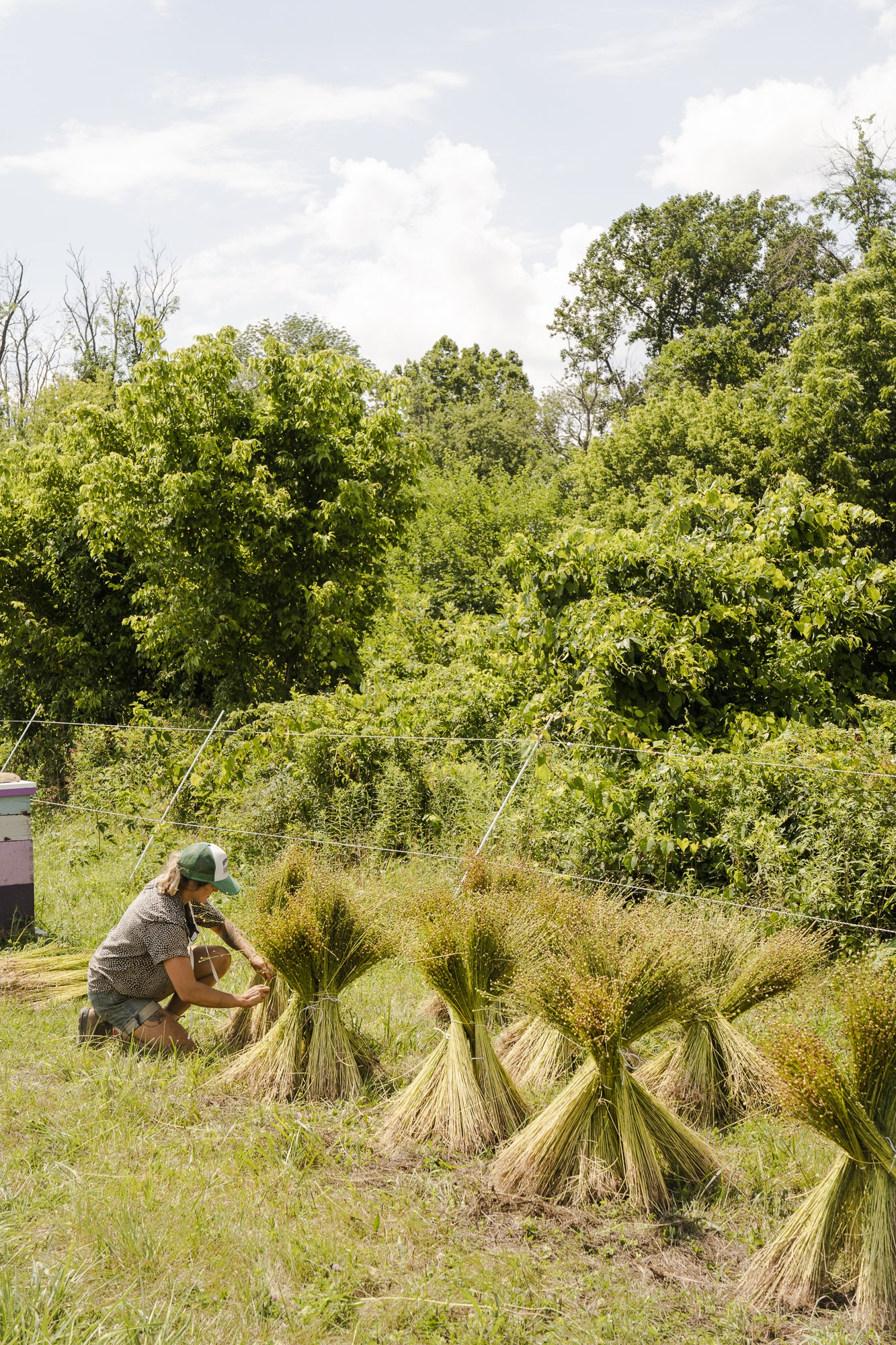

The Future of Flax in Pennsylvania
The region of Northern France and Belgium, where the majority of todays fiber flax is grown, is struggling to meet demand. Climate instability and lack of necessary land mass to expand production are the main contributing factors. The fiber flax industry is looking to North America for new raw materials sources.
At the same time, the global demand for linen and co-products produced at the mill is growing rapidly.
The combination of these factors represents a huge opportunity to enter this market.
With over 7 million acres of farmland in Pennsylvania, we can fill a major gap in the supply chain.

We’re preparing to plant ~30 acres of flax for fiber this Spring and have the first mechanized fiber flax harvest in Pennsylvania history this Summer.

PA Flax is well on the way to achieving our goal of putting our first 4,000 acres annually of fiber flax into production in Pennsylvania and establishing the first cooperatively owned scutching mill in North America.
We Have…
Built a strong network of farmers.
Advocated for and succeeded in having fiber flax designated as a specialty crop of interest in PA by the Pennsylvania Department of Agriculture.
Established an international network of fiber flax colleagues.
Imported specialized fiber flax harvesting equipment from Belgium.
Identified a reliable seed source.
Hosted over 40 workshops and presented at many conferences and webinars.
Formed research partnerships with 6 area universities.
Scouted potential mill sites.
In 2025, We Will…
Plant ~30 acres of fiber flax in Southeastern Pennsylvania.
Have the first mechanized fiber flax harvest ever in Pennsylvania
Welcome our founding cooperative members
Continue our seed breeding research with existing and new partners
Identify our mill site.
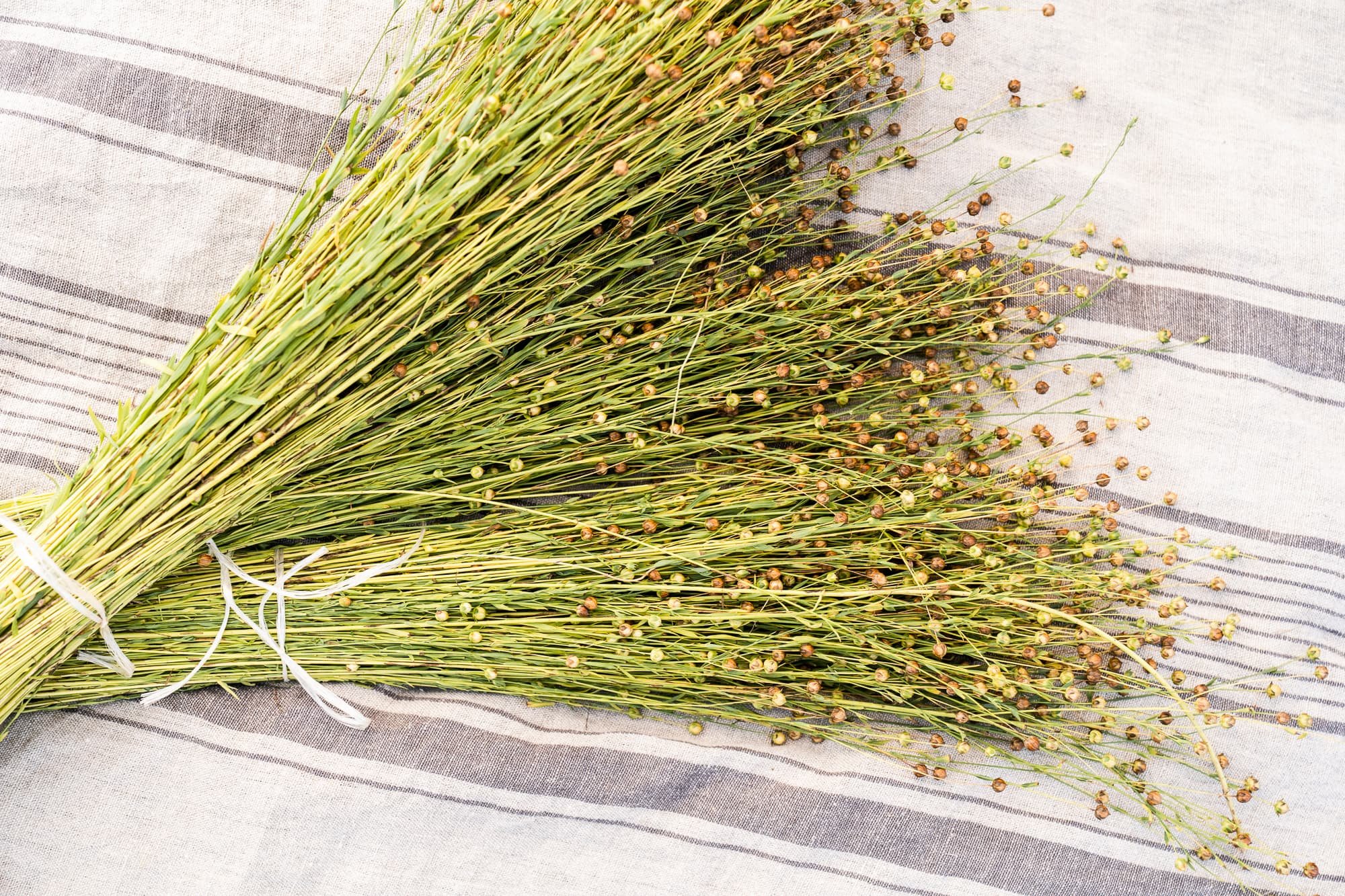

The History of Flax in PA: A Timeline
“The First Immigrants and Flax
Before Delaware was settled by European colonists, the area was home to the Eastern Algonquian tribes, known as the Unami Lenape, or Delaware, living along the coast. In 1638, the Swedes, Finns, and Dutch established New Sweden, a Swedish Trading Post. They established Fort Christina to protect it. This colony lasted 17 years, with control of the area won and lost in battle, resulting in Delaware, the same land William Penn once controlled and called Pennsylvania. Flax production began in the Delaware Valley with this Swedish settlement at Fort Christina. Earlier Dutch trading forts likely depended completely on New Amsterdam for clothing. By the 1650s, flax was being raised, spun, and woven by its women (4).”
“Flax in the Early Colonial Period
By 1683, William Penn, then proprietor and governor, legislated for the farming and marketing of flax at the PA Provinicial council. Daniel Pastorius, and 13 other immigrating Mennonite and Quaker families, settled in Germantown, PA, and became some of the first major flax producers. Hints of this past can be seen in the Germantown “Town Seal” which includes a grape vine, flax blossom and weaver’s spool.”
“Colonial Self-Sufficiency in Textiles
The Germantown Fair, first held in 1701, became the center of exhibiting and selling the products of these very craftsmen. “The Mennonites created independent economic villages learning to prosper in isolation.” (Skrabec. 2014. p19).”
“Flax, Fabric, and International Trade
With immigration, Philadelphia and its countryside developed. The 1740 flaxseed season saw, in all, 21 flaxseed ships, including 7 to Dublin (MacMaster, 2009, p. 49). Flaxseed was a major Pennsylvania export. Thomas Penn had an agent in Dublin in the 1740s selling flaxseed for him, which the Irish would raise process and then ship.”
“Emergence of the Early Colonial Textile Economy
With immigration, Philadelphia and its countryside developed. By the 1750s, 10-12,000 yards were woven yearly by six linen weavers working in the Brethren House. A store was built in 1753 to meet outside demand for Moravian products. From June 1758 to May 1759, over 4,500 yards were sold in return for such goods as flax and flaxseed.”
“Flax and the American Revolutionary Period
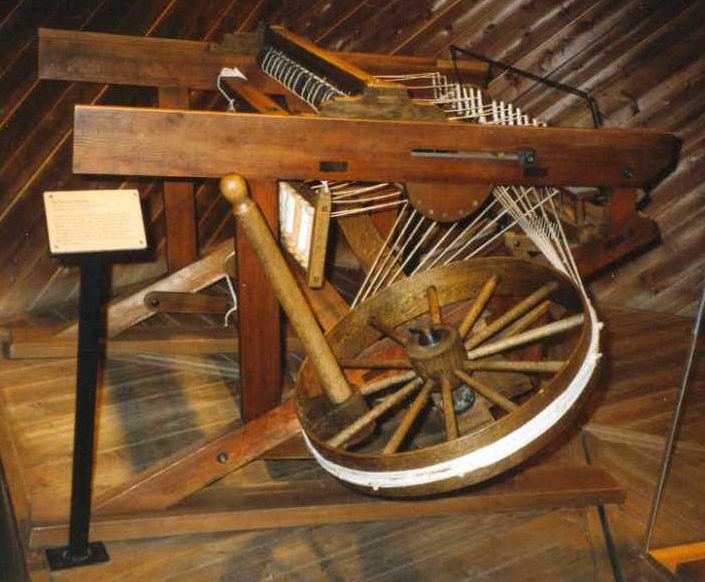
The Industrial Revolution continued to develop, and machine-based textile production in a factory setting began to emerge. The United Company of Philadelphia, for promoting American Manufacturers, was established in 1775 to produce cotton, linen, and wool. It was also established to compete with England and support the Pennsylvania economy. By 1779, ships left Philadelphia bound for Dublin alone. During that period, over 100,000 bushels were exported each year (4).
”
“Flax’s Golden Years
By 1818, it could be said that “Pennsylvania probably grows more flax than any state in the Union.” Of the 800,000 gallons of linseed oil (a flax byproduct) produced in the country, 500,000 gallons were produced in Pennsylvania.”
“The Rise of Cotton
Markets influenced new trends, and flax-to-linen was trapped between imports and factory-made cotton. By 1808, cotton from Rhode Island’s Slater Mill was already being sold in Lancaster and other Pennsylvania communities. By 1814, cotton was cheaper per pound than flax. Between 1815-1830, when the price of Slater Rhode’s ordinary brown shirting was reduced, it out-priced hand-woven cloth like linen.”
“Flax’s Fall to Cotton
In the 1820s, the United States was importing more linen than it was making. An article in the Philadelphia Democratic Press urged farmers to grow more flax and hemp saying too much was being imported from Ireland and Russia. The article argued that it was in the best interest of the country to grow more domestic flax and hemp. To counteract such imports, Pennsylvania pro-Jackson legislators helped pass the protective Tariff of 1828, specifically covering the state’s flax and hemp.”
“The Flax War and the End of an Era
As the Civil War began in 1861, it was obvious that the manufacture of linen goods had made little progress in the country. As a household industry, the manufacture of flax decreased, its use having been in great measure superseded by cotton.”
Works Cited: MacMaster, R.K. (2010). Scotch-Irish Merchants in Coloinial America. Ulster Historical Foundation Reid, G.M. (2020). Material Imagination of the Oregon flax Industry. Oregon Dept of Parks and Recreation 2020 Oregon Heritage Fellowship. Arndt, Karl J. R.; Graves, Donald; Colby, Michael; McGill, Paul; Gaugler, Nancy K.; Chrisman, Harry E.; and Parsons, William T., "Pennsylvania Folklife Vol. 35, No. 3" (1986). Pennsylvania Folklife Magazine. 112. digitalcommons.ursinus.edu/paf… Wyatt, S. M. (1994). Flax and Linen: An Uncertain Oregon Industry. Oregon Historical Quarterly, 95(2), 150–175. www.jstor.org/stable/20614577
PA Flax Project is opening the doors to a high-value market for Pennsylvania farmers. We're organizing growers, creating infrastructure for processing, and making American linen possible again. It all starts with flax.
To support our work on a higher level, please reach out.
